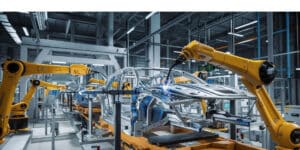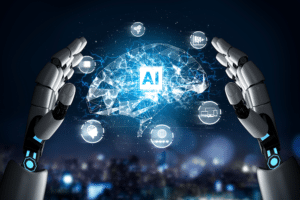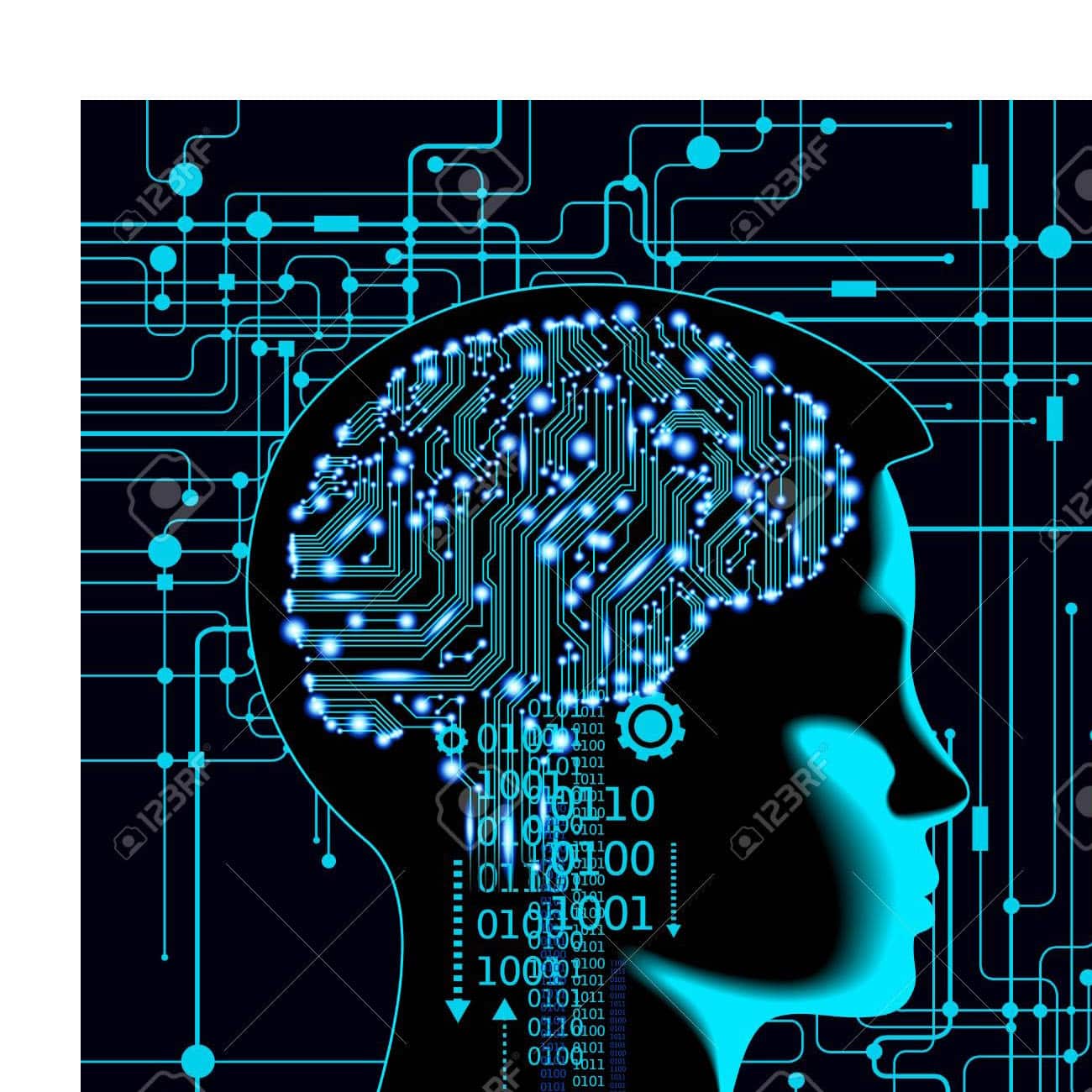The robotics revolution is threatening
The robot revolution has become an integral part of our modern world, revolutionising various industries and changing the way we live and work. In this article, we will explore the significance of robotics revolution in different sectors, the evolution of natural language processing in robotic systems, the integration of deep learning and neural networks, and the application of robotics revolution with artificial intelligence as we look ahead to the future of robotics in 2030 and beyond.
Significance of AI in Various Industries

The impact of robotics revolution is profound in many sectors, where automation has helped streamline processes, improve efficiency, and enhance productivity. In industries like manufacturing, logistics, and supply chain management, robots have become indispensable, handling tasks ranging from warehouse automation to inventory management with precision and speed. The advent of smart factories, powered by robotic arms and advanced sensors, has transformed traditional manufacturing methods, making them faster, more flexible, and more adaptable to changing market demands.
AI is a medical field
In the medical field, robotics revolution has revolutionised diagnostics, surgery, and patient care, allowing for less invasive procedures, shorter recovery times, and improved accuracy. Telepresence robots are enabling remote medical consultations and monitoring, especially in times of global health emergencies. Agriculture, too, has benefited from robotics, with autonomous tractors, precision farming drones, and robotic harvesters optimising production and improving crop yield.
Evolution of Natural Language Processing in AI System
The integration of natural language processing (NLP) in robotic systems is poised to reshape human-robot interactions by 2030. NLP, a subfield of artificial intelligence, enhances robots’ ability to understand and respond to human language, enabling them to engage in natural conversations and provide emotional support. Social robots equipped with advanced NLP algorithms will be capable of comprehending the nuances of human speech, reacting with empathy, and delivering context-aware responses. This development will usher in a new era of interactive and socially competent robots, transforming the way we communicate with machines.
Deep Learning and Neural Networks in AI System
By incorporating deep learning and neural networks into AI systems, we can enhance their performance and intelligence significantly by 2030. Deep learning, inspired by the human brain’s information processing mechanism, allows robots to learn from experiences, recognise patterns, and make complex decisions. Neural networks modelled after the brain’s neural connections enable robots to handle vast amounts of data and adapt to their environment over time.

Self-driving cars, powered by sophisticated neural networks, will navigate traffic situations with greater precision and safety, while manufacturing robots will optimise efficiency by leveraging deep learning algorithms to identify areas for improvement and make real-time adjustments. In healthcare, neural network-powered robotic devices will enhance diagnostic accuracy and individualised treatment planning, ushering in a new era of medical precision and efficiency.
The Application of Robotics with Artificial Intelligence

The integration of artificial intelligence (AI) and robotics revolution will unlock the full potential of intelligent automation by 2030. AI-powered robots will possess cognitive abilities similar to or surpassing human intelligence, enabling them to learn, adapt, and make real-time decisions autonomously. In manufacturing, AI-driven robotic arms will enhance production line flexibility and efficiency, responding dynamically to changing operational conditions and optimising performance in real time.
Empowering:
Robotics revolution empowered by AI will also revolutionise customer service, with robotic concierges offering personalised recommendations and tailored services based on individual preferences. The marriage of AI and robotics will transform various industries, enhancing human-robot cooperation and fundamentally reshaping our relationship with technology.
Bottom Line
As we approach 2030, the future of robotics revolution is filled with endless possibilities, driven by the convergence of AI, deep learning, and natural language processing. Robots are no longer mere tools but are evolving into intelligent beings capable of navigating complex environments, interacting with humans, and solving problems with efficiency and precision. The rapid advancement of technology promises a future where robots play integral roles in our daily lives, enhancing our productivity, improving our well-being, and reshaping the way we perceive and interact with machines.
